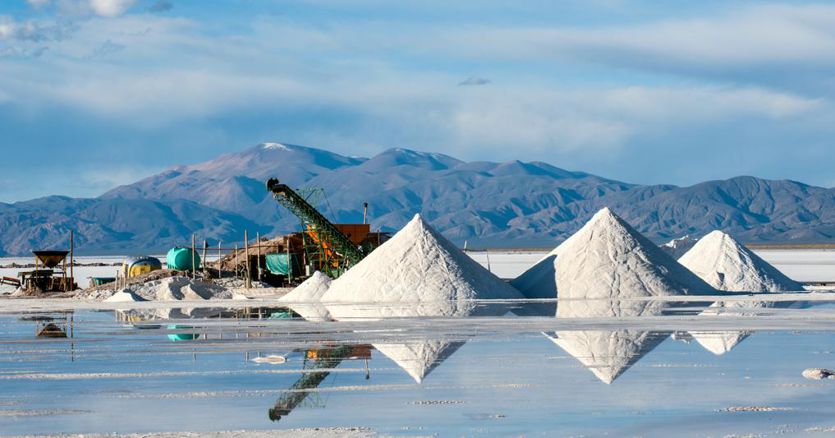From cobalt to lithium, through lead and zinc and with a focus on rare earths. We look at mines and “local resources”. “Accomplice” first of all decarbonisation and the crisis in the supply of raw materials also linked to the geopolitical situation, then, now attention is focused on local resources. For the moment, stand-by production is not being reactivated, but we are trying to understand how much capacity the fields at rest have. Because from disused wells and tunnels and from mining dumps it is still possible to obtain minerals that become components for most of the objects and tools used in daily life. In this context, in addition to some projects for the reactivation of brownfield sites, new requests for research permits have been submitted.
Lead and Zinc
In the field, traveling on multiple tracks, it is the Australian Altamin that operates in Italy with the subsidiaries Energia Minerals Italia and Strategic Minerals Italia. For years, the company has been carrying out the Gorno project, relating to the Riso-Parina mining complex, which affects the municipalities of Gorno, Oltre il Colle and Oneta in the province of Bergamo, provides for the reactivation of a zinc and lead mine (blenda and galena) closed by Eni over twenty years ago. Over 16 million euros have been spent on this site for a series of interventions and research activities.
The programs also include research into the possible use of other particularly sought-after materials such as Cobalt. The project concerns the old mines of 1700 of Usseglio and Balme in Piedmont. The intention is to reactivate what insiders have called “the largest cobalt site in Europe”.
Research in Lazio
Now a new request: the one for lithium research. This time the goal moves to Lazio. Specifically, the attention of the group, which has submitted an exploratory research request to the Region, concerns the area of Campagnano and Galeria in Cesano, about 50 km north of Rome. «The questions concern research permits – underlines Marcello De Angelis, geologist and manager of Altamin – and to carry out this activity we use the many wells that were used in the past for the production of electricity and which have now been decommissioned. We are interested in understanding if the contents contained in hydrothermal fluids are of interest ». An area of 3,240 hectares in which more than 800 wells have been drilled. Fluorite and rare earths in Sardinia
In Sardinia, in Silius, Mineraria Gerrei is working to put the Muscadroxiu mining site back into production, for the extraction of fluorite, but also galena and rare earths. To carry out the project, an investment plan of 40 million euros was prepared and an industrial project that involves the use of high-tech tools that will range from the study and research of tenors to the organization of work up to the possibility of remote driving of underground vehicles.
